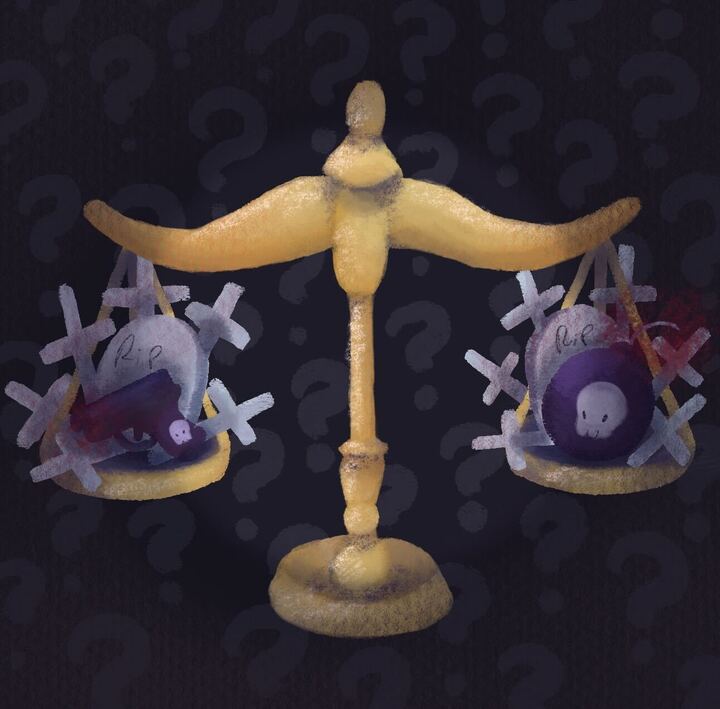Each year, Feb. 14 brings joy into the hearts (and cash into the pockets) of jewelry store owners, flowers shops, greeting card companies, candy manufactures and restaurant owners. However, this day of love also comes with some severe consequences for our planet and fellow humans. Valentine’s Day’s global carbon footprint, alienating psychological effects and out-of-control demand for luxury products that exploits the third world, earn it a well deserved rebuke. Consider this an FU Sweetheart candy to one of my least favorite days.
Some are familiar with the feelings of loneliness and depression that can come to them if they don’t find that special someone to share the day, but few consider the global impact of this consumer driven holiday.
Chocolate
One of the first things about this holiday that should leave a bad taste in your mouth is where the candies in that heart shaped box really come from. The Valentine’s staple chocolate is one of the most unethically harvested commodities on the market today. Half of the world’s cocoa supply is from Ghana and Ivory Coast where children and adults are forced into labor. According to a 2011 report from Tulane University, over 800,000 children in Cote d’Ivoire and almost 100,000 children in Ghana work in the cocoa harvesting industry. But only 5 to 10 percent work for pay. It’s hard to comprehend the romantic appeal of receiving the product of child slave labor.
Roses
The quintessential red rose bouquet doesn’t occur anywhere in nature. To meet the unnatural demand for these flowers, florist’s in the United States import flowers from South America. According to a 2012 article from International Business Time, 90 percent of the roses sold on Valentines Day are imported from Columbia and Ecuador. Not only does this all come with an enormous carbon footprint, workers in these South American flower factories, who are mainly female, suffer long hours and low wages as well as sexual harassment from their male bosses. Next time you try to score points on Valentine’s Day with a bouquet, you might want to think about the greenhouse workers who harvested, cut and de-thorned those roses while risking stress injury and exposure to dangerous pesticides. Not to mention the fact that those romantic red roses will wither and die in a couple of days anyway and your significant other will probably forget about them in a few weeks.
The future looks dim as well, since profit is the main motive and companies will only try to make more money each year by continuing to exploit people’s emotions and push Valentine’s Day into new markets. Countries like Iran and Malaysia lament the rise of Valentine’s Day’s popularity, as it imports western values and ingrains the empty and frivolous holiday into their society.
Jewelry
A 2013 report from the National Retail Federation (NRF) states that “total spending on jewelry is expected to reach $4.1 billion, up from $3.5 billion last year.” While the NRF celebrates these facts and many would see this as another boost to our economy, few consumers consider the source of their luxury items.
According to a 2004 report from Amnesty International, only 13 percent of retail stores in the U.S. offered warranties to their customers to ensure that they not purchasing conflict diamonds. While it’s lamentable that this billion dollar industry fails to regulate itself in the pursuit of mass profit, the real tragedy is the fact that most consumers do not even attempt to seek information about where the diamonds are coming from, much less take action and demand that companies stop the practice of purchasing and selling blood diamonds. Amnesty also estimated 3.7 million people have died as a result of conflicts, funded by diamonds in Angola, the Democratic Republic of Congo and Sierra Leone. Sadly, diamonds continue to flood the international market, mined from war-torn areas of West Africa, but the average consumer’s concern when buying diamonds is whether or not they are going to get laid because of it, after all every “kiss begins with Kay.”
However, the problem is not only with the diamonds. The demand for gold jewelry contributes to destructive mining practices.
According to a 2012 report from Earthworks and MiningWatch Canada, an estimated 180 million tons of hazardous mining waste are dumped each year into our oceans, rivers and streams. In addition to poisoning our earth’s most precious resource, mining is also hazardous for workers and accounts for3 percent work-related deaths globally. Its imperative to remember that mines also use an enormous amount of electricity and water to operate and thus destroy wildlife habitats, and displaces communities.
In all fairness, Valentine’s Day should not be the scape goat. Rather, our consumerist and materialistic tendencies needs to be carefully examined and truly challenged. If we continue to express our romance to each other with meaningless gifts and disregard the global impact of our cultural imperialism and purchasing decisions, we violate the true nature of love by disrespecting other cultures, destroying our planet and oppressing the powerless in our world.





